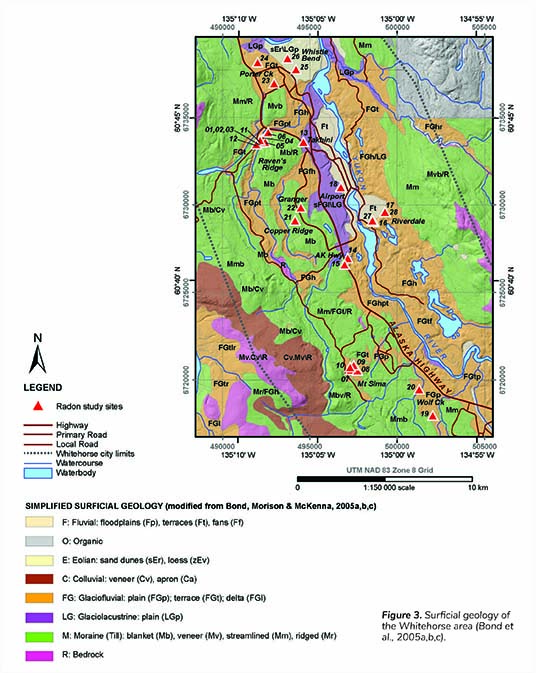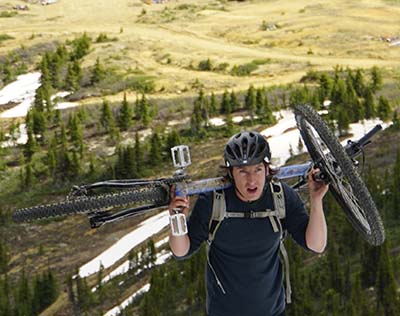When Michael Kishchuk’s thesis research work was cancelled due to the pandemic, he changed plans and made a virtue of necessity
Michael Kishchuk went from planning a trip to the Mojave Desert, to publishing a paper with the Yukon Geological Survey, in Yukon Exploration & Geology. Kishchuk, a fourth-year Earth Sciences and History of Science & Technology (HOST) student, had intended to work with his advisor Dr. John Gosse on geochronology—measuring the passage of geologic time—but when the severity of the pandemic became apparent, he had to reevaluate.
When COVID-19 hit Nova Scotia in March, “even working in the lab at [Dalhousie], let alone going to California became kind of impossible.” After returning to the Yukon in the middle of March and finishing his coursework and exams in the basement of his family’s home, Kishchuk says that he started thinking about what his thesis would be. He got in touch with the Yukon Geological Survey in Whitehorse, where one of the geologists had connections to Dr. Gosse.
“They had this project that they were waiting to do, so I got to be the undergrad on the ground doing the fieldwork,” Kishchuk says.

Whitehorse surficial map produced by Panya Lipovsky.
That’s a bit of an understatement. Kishchuk spent last summer collecting and analyzing samples from sites around Whitehorse to test for radon, an invisible and carcinogenic gas which often accumulates in basements. The gas is the second-leading cause of lung cancer in Canada, Kishchuk explains. He worked alone most of the time, planning out his schedule every evening after spending the day in the field.
His work is an important contribution for developing a map of geological hazards in the Yukon. While radon concentration has often been thought to be associated with bedrock, much of the Whitehorse area is covered by thick layers of glacial sediment. What Kishchuk and his colleagues at the Survey have found is that radon distribution in Whitehorse “has more to do with [the] characteristics of sediment rather than the bedrock.” Kishchuk explains that they’ve found that the grain size and the maturity of the sediment have correlations with the level of radon.
But while trekking through a forest to stake out and collect data might not seem to provide many transferable skills for studying from his bedroom, Kishchuk explains that it actually helped him prepare for online school. Having to do self-directed work, he says, provided him with valuable skills that he now recognizes were vitally important to adapting to this year. Not only that, but being able to publish a draft of his thesis is something that is “pretty rare” for an undergraduate student. He’s grateful to his advisor John Gosse, and to those at the Survey, for pushing him to publish and helping him to edit his paper. Over the winter semester he completed some final analyses and fleshed out the paper for submission as his thesis, which was recently awarded Best Thesis in the Earth Science department at Dalhousie.

As for what’s next, Kishchuk is planning a bike trip from Halifax to Whitehorse. He’s not sure where he’ll end up after that, but he knows he wants to continue communicating science to people. “I definitely enjoy writing about science,” he says, noting that being able to communicate the dangers posed to the public by geological hazards is certainly on his radar, particularly after this project.
“I don’t know if I love the hyper-specialization that’s required to be a professional scientist…I definitely don’t want to lose the humanities side that I’ve been able to pick up at King’s. Having a HOST perspective in science has been hugely beneficial.”
Having adapted so successfully to the way COVID-19 derailed his thesis plans, Kishchuk seems well-placed to make the most of his education, no matter what circumstances come his way.
Photo credits: Banner – Jeff Bond; in-text – Colin Abbott
Megan Krempa is a fourth-year King’s student.

